Archives
- 2025-12
- 2025-11
- 2025-10
- 2025-09
- 2025-03
- 2025-02
- 2025-01
- 2024-12
- 2024-11
- 2024-10
- 2024-09
- 2024-08
- 2024-07
- 2024-06
- 2024-05
- 2024-04
- 2024-03
- 2024-02
- 2024-01
- 2023-12
- 2023-11
- 2023-10
- 2023-09
- 2023-08
- 2023-07
- 2023-06
- 2023-05
- 2023-04
- 2023-03
- 2023-02
- 2023-01
- 2022-12
- 2022-11
- 2022-10
- 2022-09
- 2022-08
- 2022-07
- 2022-06
- 2022-05
- 2022-04
- 2022-03
- 2022-02
- 2022-01
- 2021-12
- 2021-11
- 2021-10
- 2021-09
- 2021-08
- 2021-07
- 2021-06
- 2021-05
- 2021-04
- 2021-03
- 2021-02
- 2021-01
- 2020-12
- 2020-11
- 2020-10
- 2020-09
- 2020-08
- 2020-07
- 2020-06
- 2020-05
- 2020-04
- 2020-03
- 2020-02
- 2020-01
- 2019-12
- 2019-11
- 2019-10
- 2019-09
- 2019-08
- 2019-07
- 2019-06
- 2019-05
- 2019-04
- 2018-11
- 2018-10
- 2018-07
-
To characterize Ea and S DC AC electrical
2020-02-15

To characterize Ea and γ·S, DC/AC electrical parameters will be determined from MIL standard measurements in a temperature range of −55 to +200°C. It is therefore necessary also to characterize the junction temperatures and hot points by infra-red or electrical method. The accelerated aging, represe
-
PFI-2 Among the different factors that
2020-02-15
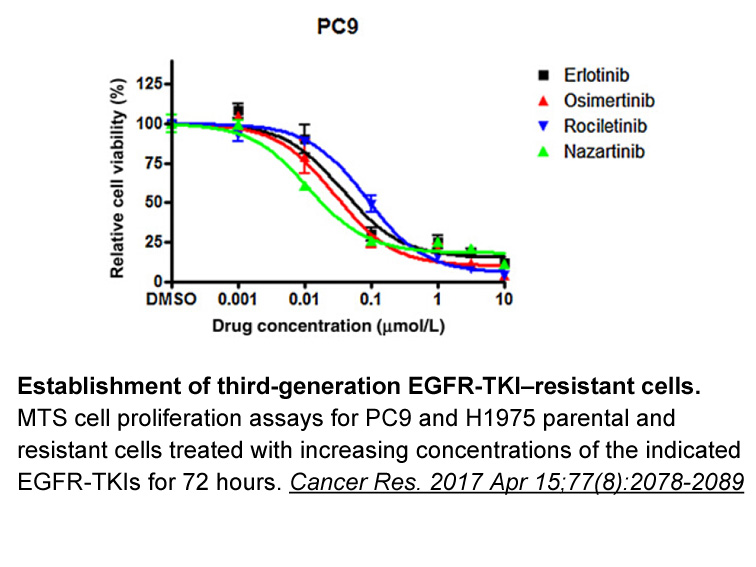
Among the different factors that modulate Schwann cell biology, several studies pointed out the role played by neuroactive steroids, in particular progesterone (P4) and its derivatives dihydroprogesterone (DHP) and allopregnanolone (ALLO). Schwann PFI-2 are steroidogenic, possessing the entire enzy
-
A variety of epidemiological and clinical studies suggest th
2020-02-15
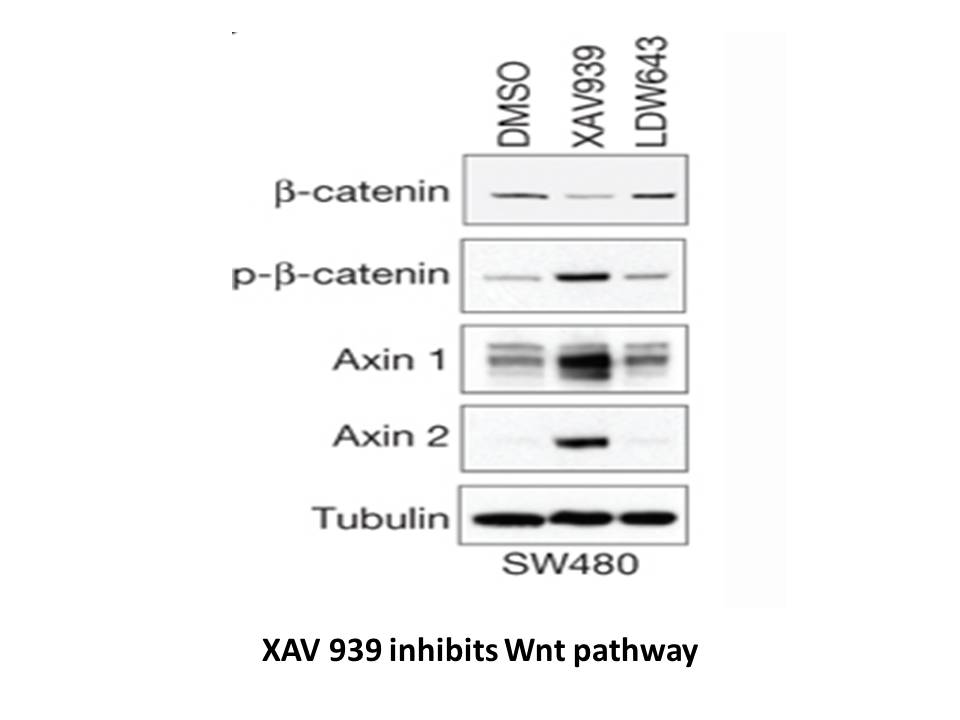
A variety of epidemiological and clinical studies suggest that light alcohol consumption may exert a favorable effects on BP levels but chronic heavy alcohol consumtion causes sustained BP elevation [16], [17]. The hypertensive effect of heavy drinking occurs with all forms of alcohol (i.e. beer win
-
br Introduction Acinetobacter baumannii is a gram negative
2020-02-14

Introduction Acinetobacter baumannii is a gram-negative opportunistic pathogen that causes nosocomial infections including pneumonia and bloodstream infections which is associated with an increased mortality and multi-drug resistance [[1], [2], [3]]. A. baumannii was rated as one of the critical
-
We examined the function of immobilised THPs by seeding cell
2020-02-14

We examined the function of immobilised THPs by seeding cells transfected with DDR2-Flag on derivatised crosslinked collagen films, then detecting the phosphorylation of tyrosine 740 (Y740) on the intracellular domain of DDR2 [50]. This regulatory residue is a target for the intracellular tyrosine k
-
The presence of H PPases in parasitic protists
2020-02-14
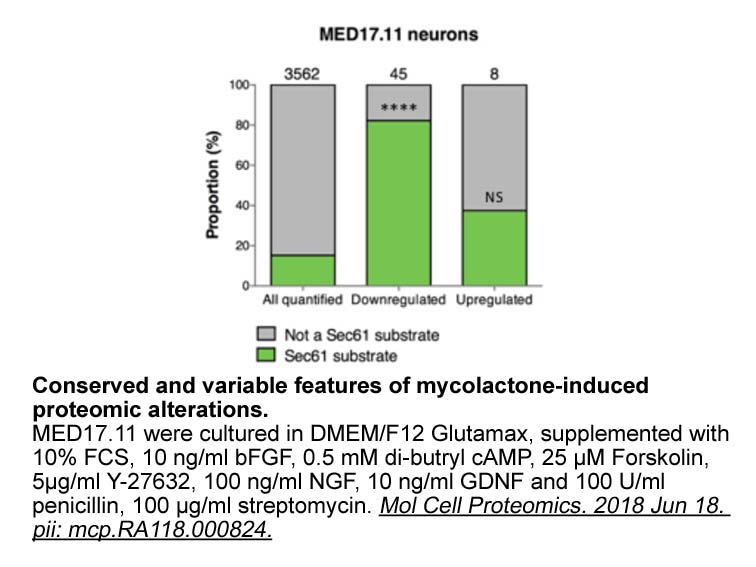
The presence of H+-PPases in parasitic protists raises the question of the physiological role of these proteins. So far, they had been extensively characterized mainly in higher plants, and some prokaryotes [1], [2], [3], [4], [5], [6], [7], [16], [20]. A common feature to all these organisms is tha
-
br Funding This work was supported by grants to A
2020-02-14
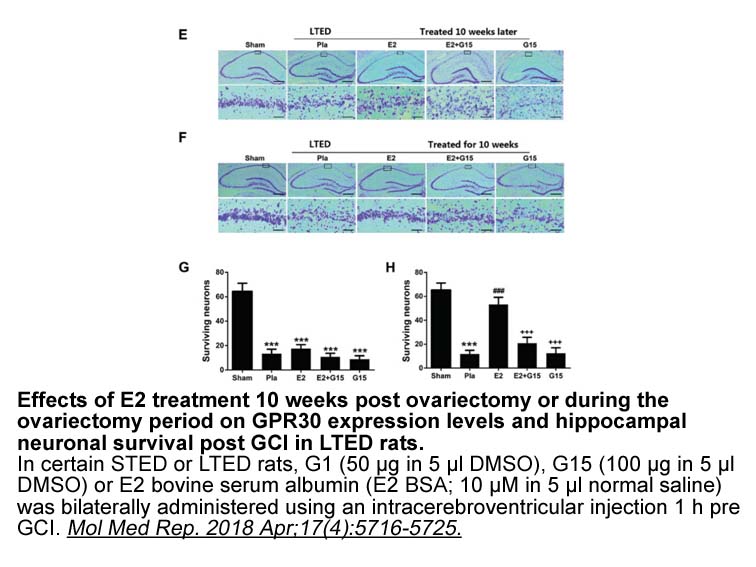
Funding This work was supported by grants to A.S. from the Swedish Cancer Foundation, Sweden (Grant number: CAN, 2015/637), the Swedish Medical Council, Sweden (Grant number: 2017- 01274), the Foundations at Skåne University Hospital, Sweden and to KB, SRS, NC, BCS, and SS from the Royal Physiogr
-
For the first time the V carinata transcriptome
2020-02-14
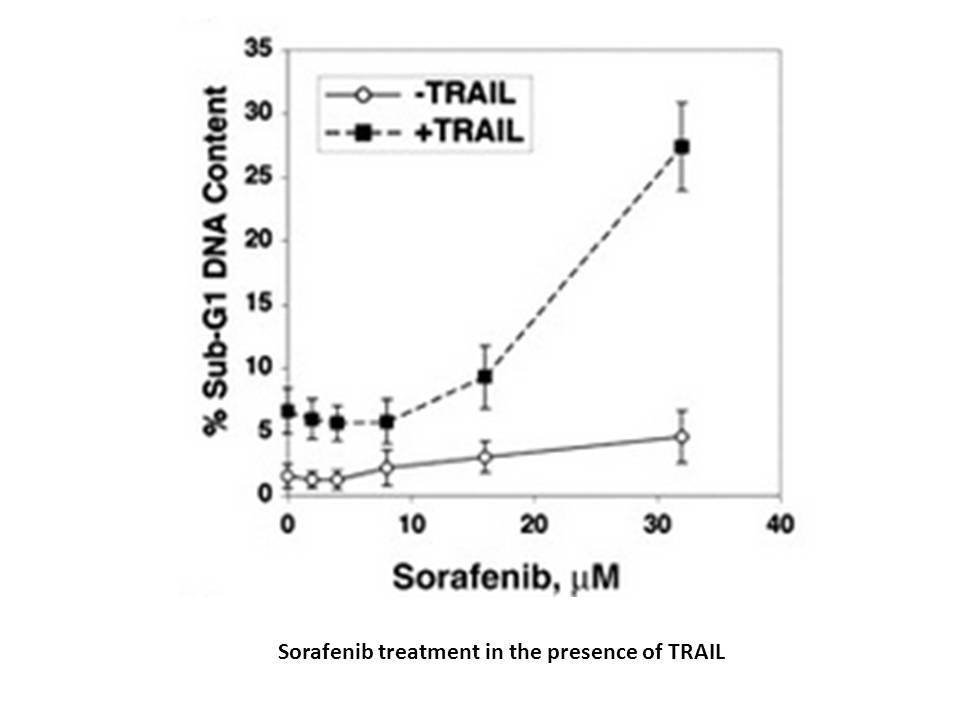
For the first time, the V. carinata transcriptome was analyzed and its transcript coding sequences comprehensively characterized. The non-redundant contigs encoding putative CysPs were identified and their PCI-24781 patterns in different tissues were investigated. Our study show that four proteases
-
Carnitine acetyltransferase CrAT transesterifies short chain
2020-02-14

Carnitine acetyltransferase (CrAT) transesterifies short-chain acyl-CoAs, and is located both in mitochondria and peroxisomes. In yeasts and mammals this protein is the product of a single gene [20,21] and the sorting to different organelles is evolutionary conserved, although the mechanism of diffe
-
br Methods br Results Our
2020-02-14
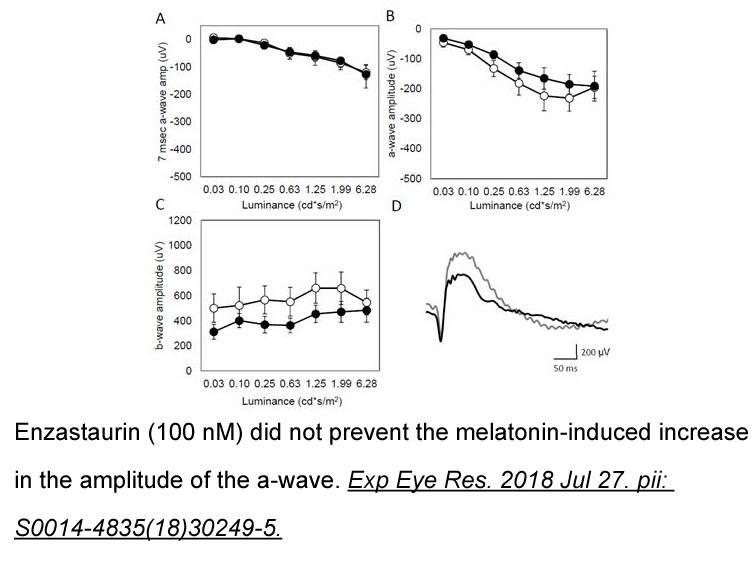
Methods Results Our study focused on consecutive postural adjustments (CPAs) between IS and BS (the shaded areas on Fig. 2); that is to say, the Rx kinetics that occur after the end of an upper limb movement. It was dedicated to examining the main features of CPAs and the influence of movement
-
These data indicate that in the context
2020-02-14
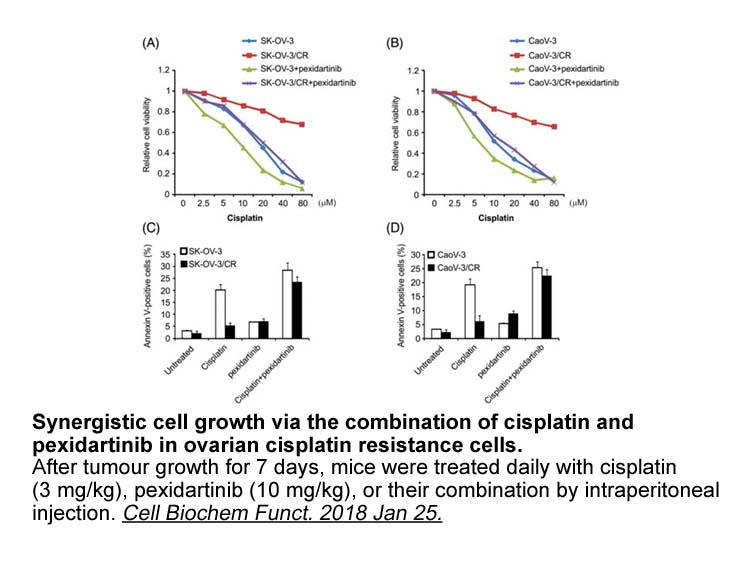
These data indicate that, in the context of the N-terminal 42 amino acids of p53, threonine 18 is a substrate for phosphorylation by CK1 as mediated by prior phosphorylation of serine 15. To determine whether this is a property of full length p53, GST-p53 fusion proteins comprising the full length p
-
In this review we present compelling evidence
2020-02-14
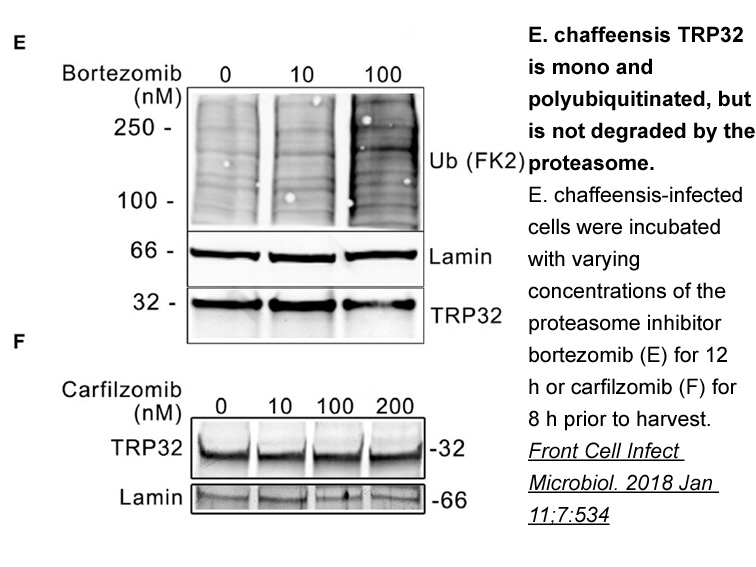
In this review, we present compelling evidence in support of DHODH as an essential enzyme for the survival of cancer cells. DHODH, and its relationship to de novo pyrimidine metabolism, will be discussed along with factors that influence its regulation and expression. We will show evidence of DHODH\
-
br Acknowledgments br Introduction Cysteinyl leukotrienes Cy
2020-02-14

Acknowledgments Introduction Cysteinyl leukotrienes (CysLTs), LTC4, LTD4 and LTE4, are 5-lipoxygenase pathway metabolites of arachidonic (S)-(-)-Propranolol hydrochloride mg and deeply involved in bronchial asthma via activation of CysLT1 receptors [1], [2]. Specific CysLT1 receptor antagonist
-
NPC L expression is both
2020-02-13
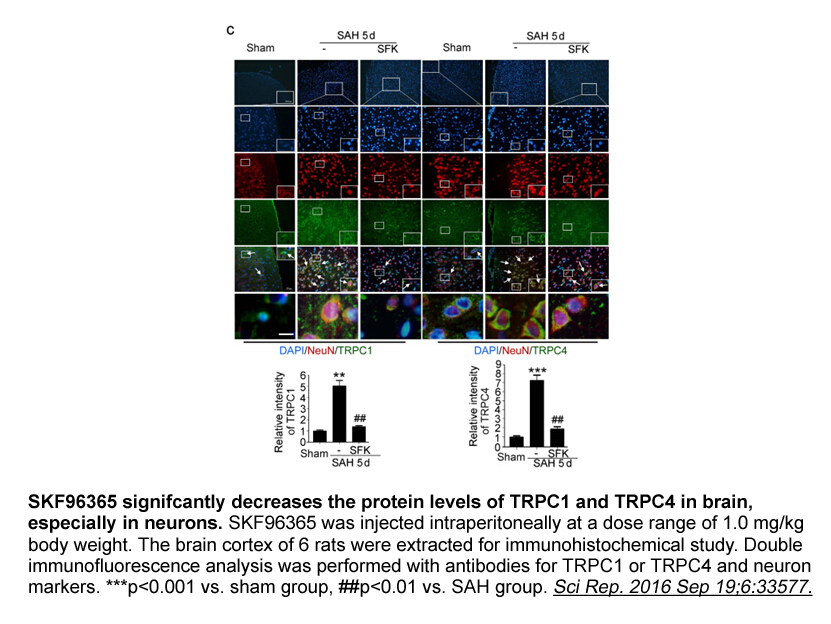
NPC1L1 expression is both tissue- and species-specific. Consistent with its function, NPC1L1 is mainly localized to the brush border membrane of enterocytes and the canalicular membrane of hepatocytes. NPC1L1, which is expressed in the liver of humans and rats but not mice, mediates cholesterol l ar
-
br Acknowledgments br The design of polyaromatic molecules a
2020-02-13

Acknowledgments The design of polyaromatic molecules able to bind to DNA is of significant importance for the development of anticancer and fluorescent imaging agents. Among them, 1,8-naphthalimide derivatives have received significant attention and have been extensively investigated for their
15837 records 871/1056 page Previous Next First page 上5页 871872873874875 下5页 Last page